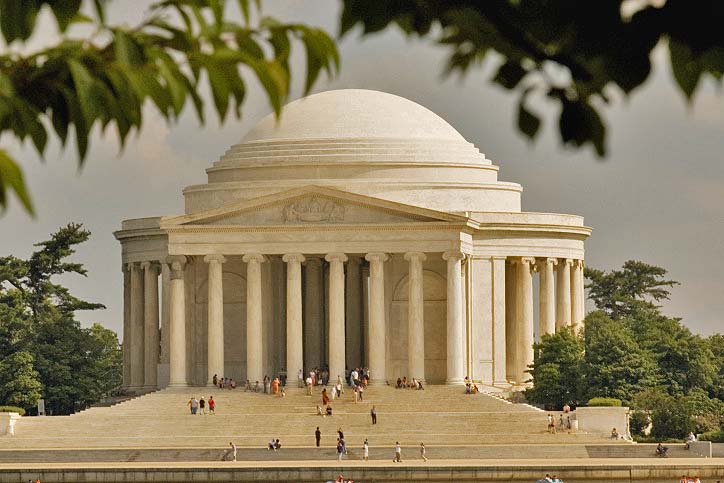|
|
LITR 4231
Early American Literature 2010 research post 1 |
|
Robbyn Smith
21 March 2010
The Bible:
Common Currency of Western Culture
While participating in the readings and discussions of early
American literature, I was amazed at the references to the Bible. Up to that
point, I had not thought of how Bible knowledge or lack thereof, affected the
depth of comprehension of Western literature. After listening to fellow
students’ discussions, I pondered how much students know about the Bible. Since,
according to one Gallup poll, Americans’ religious training is on the decrease,
the ability or deficit in recognizing biblical references profoundly impacts the
appreciation of early American literature (Newport).
In an effort to
discover the depth of students’ knowledge of the Bible, I sought statistical
information from recognizable sources. The Gallup Organization, Inc., in
conjunction with the Bible Literacy Project, conducted a survey of over one
thousand teenagers with diverse educational and economic backgrounds from all
over the United States to determine what American students know about the Bible
and other religious texts (Bible Literacy Report). Though most teens, according
to the study, recognize the ‘basic meaning of widely used Judeo-Christian terms
such as Easter, Adam and Eve, and The Good Samaritan,’ many lack a working
knowledge of their significance rendering the teenagers biblically illiterate.
Since almost 2\3 of the teens could not identify Jesus’ “Sermon on the Mount,”
meaningful allusions may be missed. (Gallup Survey, May 2004).
Marie
Goughnour Wachlin from the Society of Biblical Literature, writes in “Why and
What Professors of English Say Students Need to Know About the Bible: A Research
Summary” that “We no longer live in the age when literate persons had a daily
intimacy with the Bible.” According
to Wachin’s research, Harvard Professor, Robert Kiely stated that 400 students
elected to take a Bible course because they, junior and senior students,
We're tired of not knowing what people were talking about or
what literature or history was all about that in some way is connected with biblical
sources (qtd. in Wachlin).
When responding to the results of the Bible Literacy project,
a diverse group of high school English teachers “estimated that fewer than a
fourth of their current students were Bible literate (Wachlin).” Additionally,
only 44% of Evangelical teens could identify a quote such as “Blessed are the
meek..” from the Sermon on the Mount (Time).
When Puritan John Winthrop referred to
the settlement as being “The shining city on the hill,” biblically illiterate
students miss the connection to Matthew. Biblical literacy appears on the
decrease as Yale theologian, George Lindbeck, states, “..even those who came
from nonreligious backgrounds knew the Bible better than most of those now who
come from churchgoing families (Vlach ).”
The importance of
biblical literacy to understanding early American literature cannot be
overstated. In
Early American and Colonial Period to
1776, Professor Kathryn VanSpanckeren states colonial writing had the Bible
as its “great model.” Students’
lack of literacy creates obstacles to understanding great literary works such as
Anne Bradstreet’s poetry as well as Arthur Miller’s
The Crucible.
Since Bible literacy truly acts as currency used to purchase meaningful interaction with texts that dictate western culture and research indicates that students’ lack Bible literacy necessary to reap the rich rewards of recognizing the intertextuality between the Bible and Western literature, I am shocked that there is not a more public outcry and concerted effort to increase the level of sophistication of students’ historical knowledge of the Bible. When reading and then realizing intended inferences, the reader feels a connection; as if he shares a secret with the author. Since the lack of biblical identification is apparent, it leads me to question what is being done about it.
Works Cited
Gallup Organization, Inc.
A Survey. Publisher: the Bible
Literacy Project. May 20 to June 27, 2004. Retrieved March 1, 2010 from
http://www.cu-portland.edu\blp\pdfs\bible_literacy_report2005.pdf.
Web.
Newport,
Frank.
“This Easter, Smaller Percentage of Americans Are Christian.”
Gallup April 10, 2009. Retrieved March 1, 2010 from
http://www.gallup.com/poll/117409/Easter-Smaller-Percentage-Americans-Christian.aspx.
Web.
Van Biema, David. “The Case for teaching the Bible”.
Time Magazine. March 22, 2007. Retrieved March 1, 2010 from
http://www.time.com/time/magazine/article/0,9171,1601845,00.html.
Web.
VanSpanckeren, Katherine. 2008.
Early American and Colonial Period
to 1778: From orally transmitted
works to printed offerings.
Retrieved March 1, 2010 from
http://www.america.gov/st/arts-english/2008/May/20080504215102eaifas0.427685.html
Web.
Vlach, Michael. “Americans and the Bible: Bible Ownership,
Reading, Study and Knowledge in the United States.”
TheologicalStudies.Org. Retrieved
March 1, 2010 from
http://www.theologicalstudies.org\page\page\1572910.htm.
Web.
Wachlin, Marie Goughnour. “Why and What Professors of English
Say Students Need to Know About the Bible: A Research Summary.”
Society of Biblical Literature. Retrieved March 1, 2010 fromhttp://www.sbl-site.org\publications\article.aspx?ArticleId=757.
Web.
|
|
|
|


